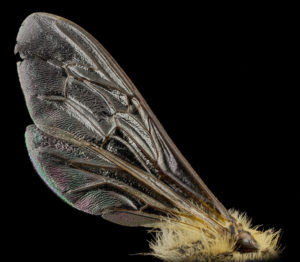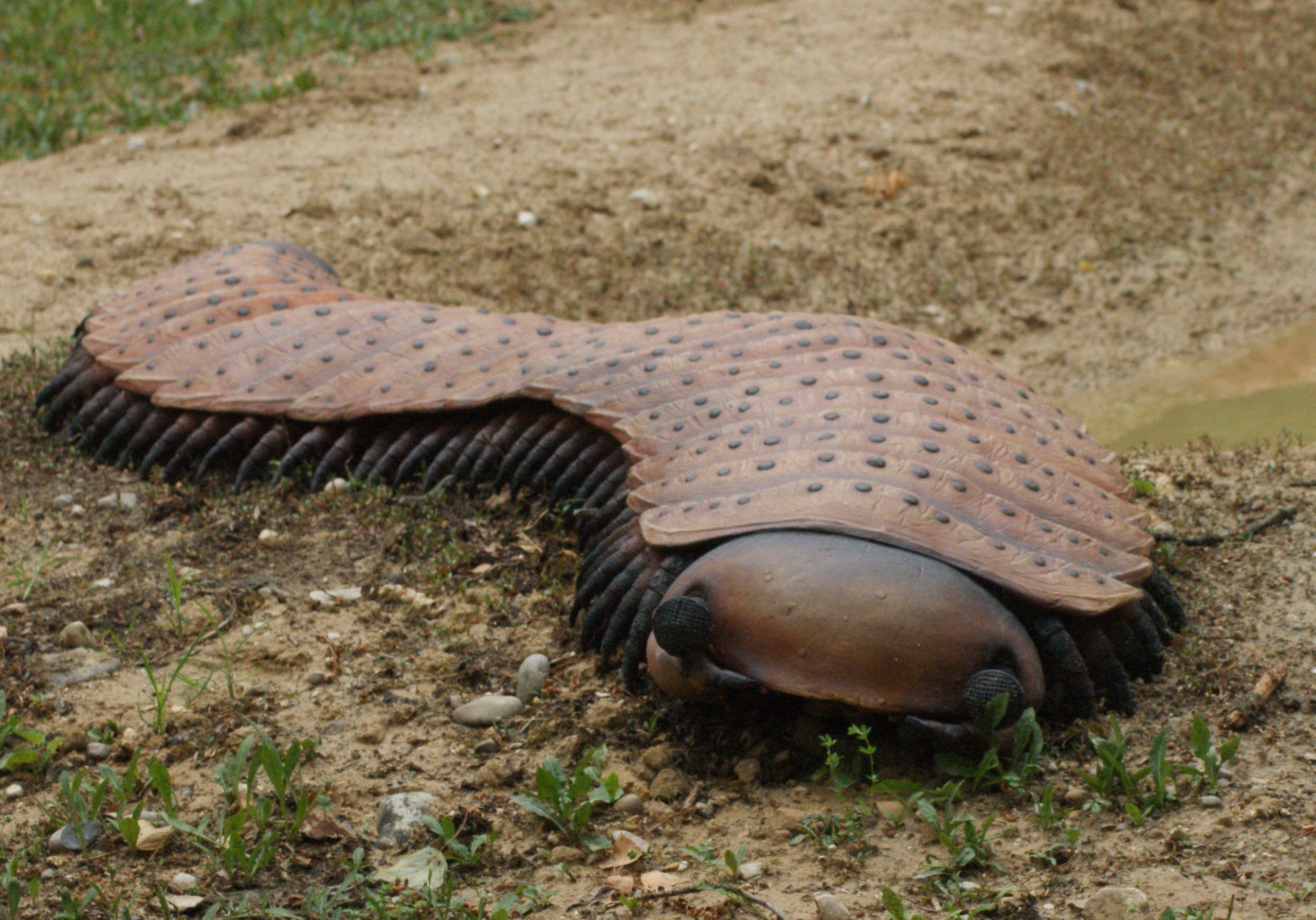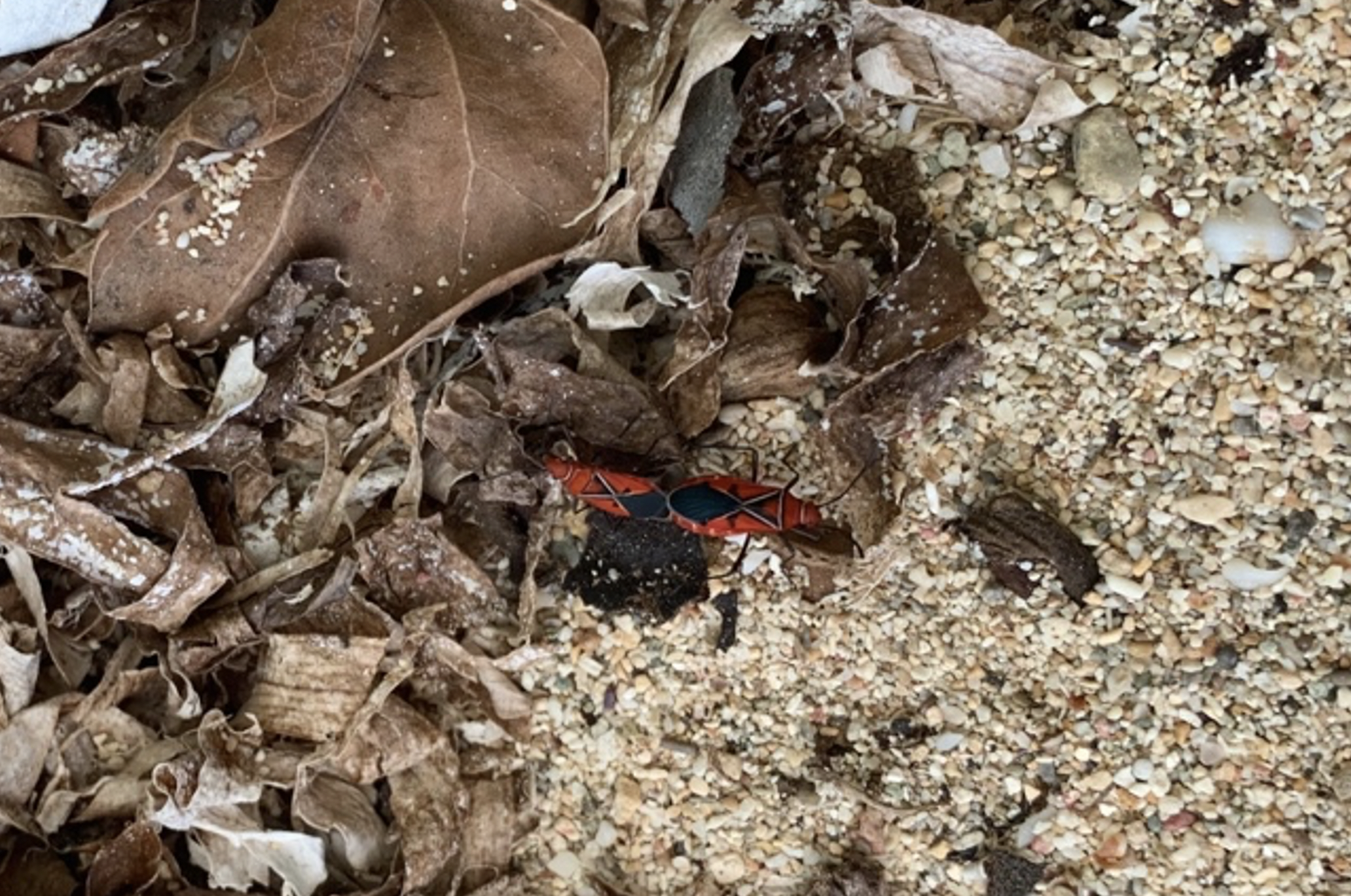Living in the city can be stressful. From light and air pollution to higher temperatures relative to rural areas, a host of factors wreak havoc on both the human inhabitants and the other animal denizens of urban areas. Anthropogenic (human caused) stressors bring about changes in the bodies of non-human animals, such as the death of cellular tissue, increased concentrations of stress hormones, and altered daytime activity. Changes in biological communities, such as differences in the amount of predators and scavengers, can also occur (consider, for example, the urban coyote). To better understand the incredible density of environmental stressors found in urban areas, a new study recently emerged that developed biomarkers to help identify these adverse effects in populations of city-dwelling honeybees.
What are biomarkers?
A biomarker can be any measure of an organism used by scientists to determine the effect of a particular phenomenon. Depending on the study and biomarker chosen, researchers can infer how the environment affects an individual. Traditional biomarkers included counts of abundance and survival, but these measures often required more time and funding than is desirable. More modern biomarkers include measures of stress hormones as well as body size and mass.
Fluctuating asymmetry as a biomarker
Fluctuating asymmetry is one biomarker used by modern urban ecologists. This kind of asymmetry occurs if an embryo experiences developmental mistakes that result from exposure to certain environmental conditions. Fluctuating asymmetry is characterized by random deviations from perfect bilateral symmetry in paired structures (wings or antennae, for example). This differs from other types of asymmetry that might skew in one direction or another among a population; for instance, if all right-side wings were larger than the left side in a population. Scientists can use fluctuating asymmetry as biomarker of how an environment affects an organism during development. Under certain laboratory conditions, some insects display fluctuating asymmetry with either their wing size or shape, or sometimes both. In the case of a common bumblebee (Bombus impatiens), exposure to carbon dioxide during development increases fluctuating asymmetry in wings.
Fluctuating asymmetric, biomarkers, and urban environments
Previously, the results of scientists attempting to link fluctuating asymmetry to environmental conditions were mixed. In studies of red mason bees along a metal contamination gradient in Poland, no difference in wing asymmetry was found. However, in another study, the elytra (hardened wing casing) of carabid beetles were measured. Depending on the species, either no asymmetry at all was found or asymmetry increased as the beetle was discovered closer to a city center . While examining fluctuating asymmetry does not always yield significant differences, this biomarker is useful in determining which situations would benefit from morphometric analysis and which species are the best to investigate for variation.
The current study
In a study published by Leanord et al (date), wing size and shape were used to assess how stress from urban habitation affected honeybee (Apis mellifera) colonies. The team of scientists examined fluctuating asymmetry in wing size and shape along an urbanization gradient around Sydney, Australia. This group of scientists chose to look at the western honeybee because of how commonly it is found in urban environments. They predicted that more asymmetry would be observed in areas that had a high density of human populations, but low density of vegetation.

After observing 22 honeybee colonies around the Greater Sydney Region, the team found that colony location did in fact affect both wing size and shape asymmetry. The most consistent factor that affected these two wing traits was how close the colony was to a road. The participating scientists suspect that air pollution in the form of nitrogen and carbon oxides is to blame for the developmental defects in wings. Additionally, pesticide use by beekeepers could also increase asymmetry in wings.
Conclusion
Quantifying asymmetry in animal structures is just the first step in determining the effect that urbanization has on some of the nonhuman inhabitants of cities. By including this measure into future studies of urban ecology, scientists can begin to unravel the complex interplay between human activities and the natural world.
Work Cited:
1.Leonard, R. J., Wat, K. K. Y., McArthur, C. & Hochuli, D. F. Urbanisation and wing asymmetry in the western honey bee (Apis mellifera, Linnaeus 1758) at multiple scales. PeerJ 6, (2018).




